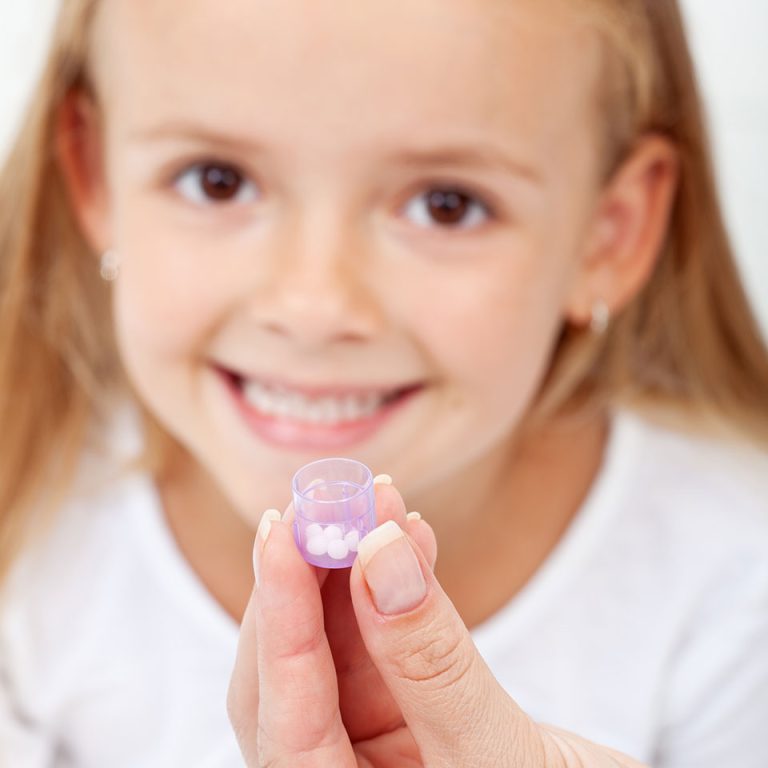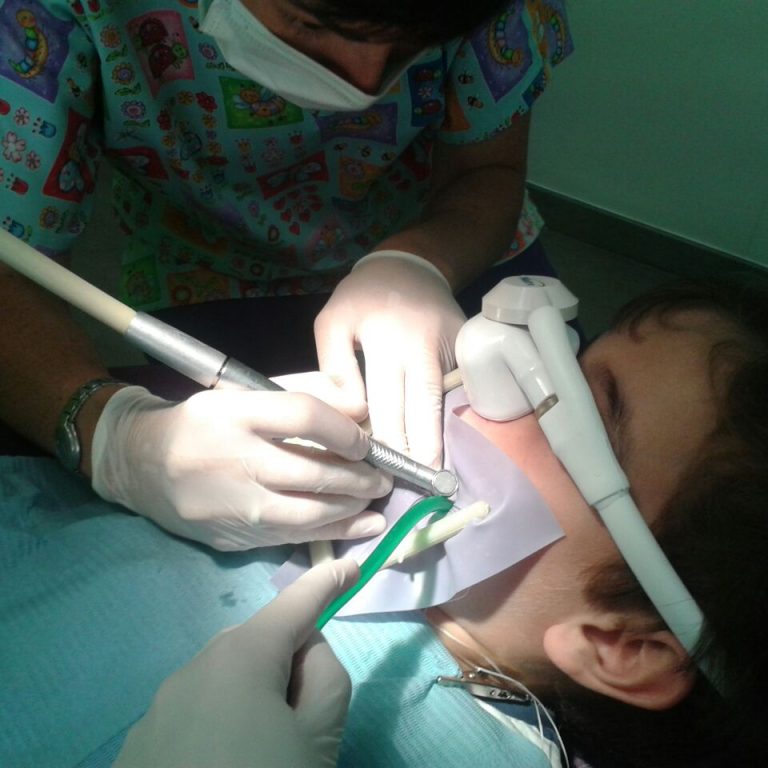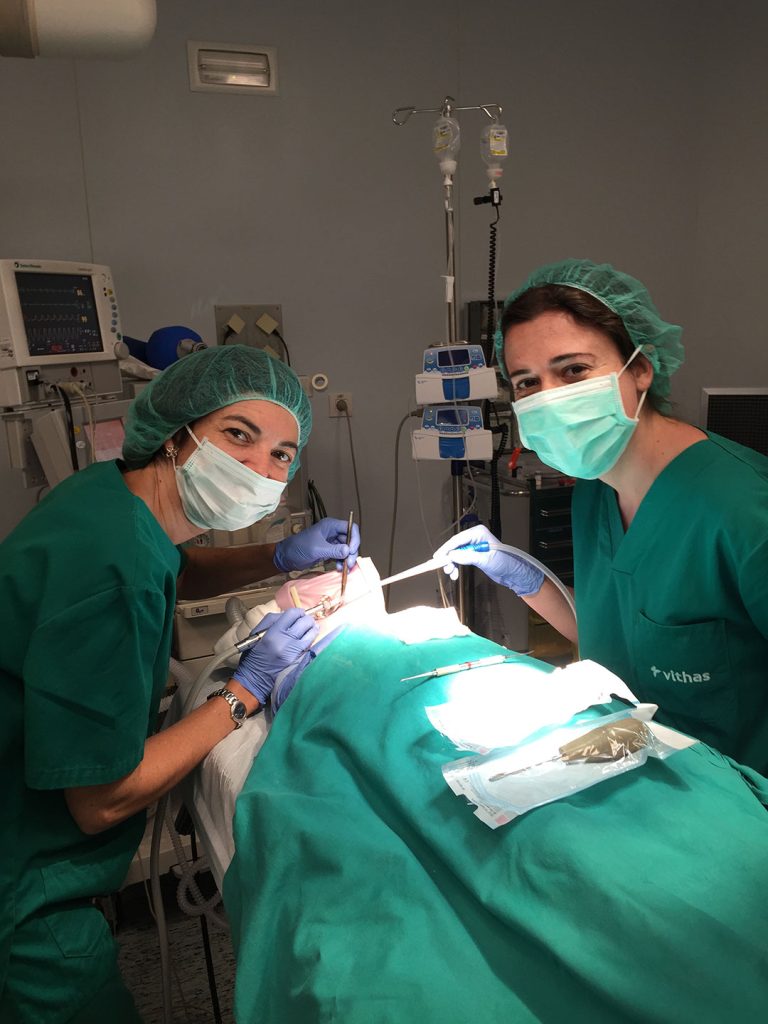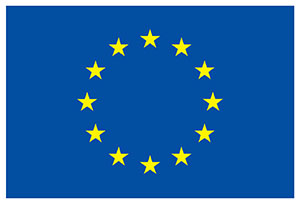Esdens Kids
Sedation and general anesthesia
Dental sedation is a technique used in pediatric patients who suffer from anxiety or phobia of dental treatment. The type of sedation will be chosen based on the child’s previous experiences, the parents’ preferences and the recommendations of Dr. Álvarez and her team of anesthesiologists. If sedation is indicated for your child, we will assess the different options, as well as the benefits and possible risks of each type of sedation.
Oral sedation
What is oral sedation?
Oral sedation involves the oral administration of a medication to help reduce anxiety and improve cooperation during dental treatment.
What type of medication is used?
Different types of medication are used, depending on the child’s age and medical history.

Conscious sedation
What is conscious sedation?
When the patient needs a higher level of sedation, the entire treatment is performed in a single visit using conscious sedation. The patient is conscious and cooperative, and by having an intravenous line, drugs can be administered to obtain the precise level of sedation at each moment of the intervention.
Conscious sedation treatment is performed in the dental clinic by our team of anesthesiologists.
What special instructions should I follow before a sedation appointment?
Dr. Alvarez will provide you with detailed written instructions on diet and other precautions to take into account before and after sedation.
It is important not to discuss the details of sedation with the child to avoid increased anxiety before the appointment.
Nitrous oxide sedation
What is Nitrous Oxide Sedation?
In our clinic we have an inhalation sedation system, we achieve minimal sedation through an aromatized nasal mask, which is placed over the child’s nose, who will breathe a sweet and pleasant aroma. A mixture of oxygen and nitrous oxide is administered to the patient and in this way the child relaxes without falling asleep.
The elimination of gas is very fast and does not produce side effects.

General anesthesia

General anesthesia consists of providing the patient with a reversible state of loss of consciousness, analgesia and muscle relaxation. To do this, it is necessary to puncture a vein and introduce a small catheter through which the necessary serums and drugs are administered according to the patient’s condition and the type of treatment planned.
The anesthesiologist is responsible for carrying out and controlling the entire process of general anesthesia, as well as treating any possible complications that may arise.
Which patient is indicated for general anesthesia?
- Children with severe anxiety and/or inability to cooperate are candidates for general anesthesia.
- Very young children with serious dental problems, as well as those patients with special needs.
- These patients normally cannot be controlled with conscious sedation techniques.
Where is general anesthesia performed?
General anesthesia is performed in a Hospital. On the day of anesthesia, Dr. Álvarez’s team travels to the hospital to perform the dental treatment.
The anesthesiologists and the doctor’s team will be with your child throughout the procedure.
Patients are monitored during general anesthesia to provide a higher level of safety.

Financiado por la Unión Europea - NextGenerationEU
